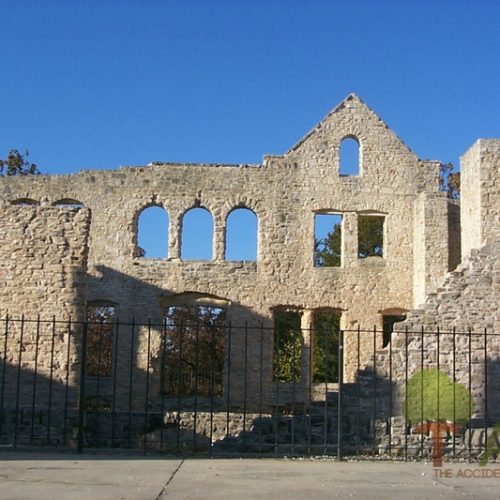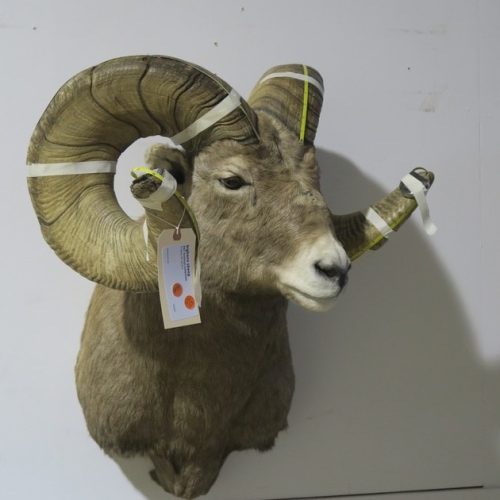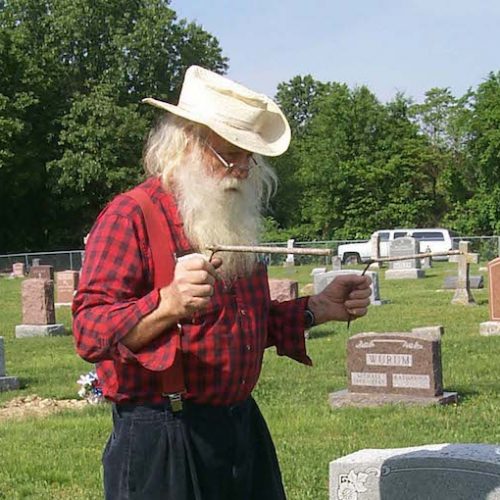Joe Bob O’Neal, the miller/caretaker of Topaz Mill in Douglas County, says he gets asked this question: “Have you got this information about the mill documented or written down any place?” He answers, “Yeah, it’s all in my head.” This reason is why I wanted to pick his brain about Topaz, milling and life back in the day of grist mills.
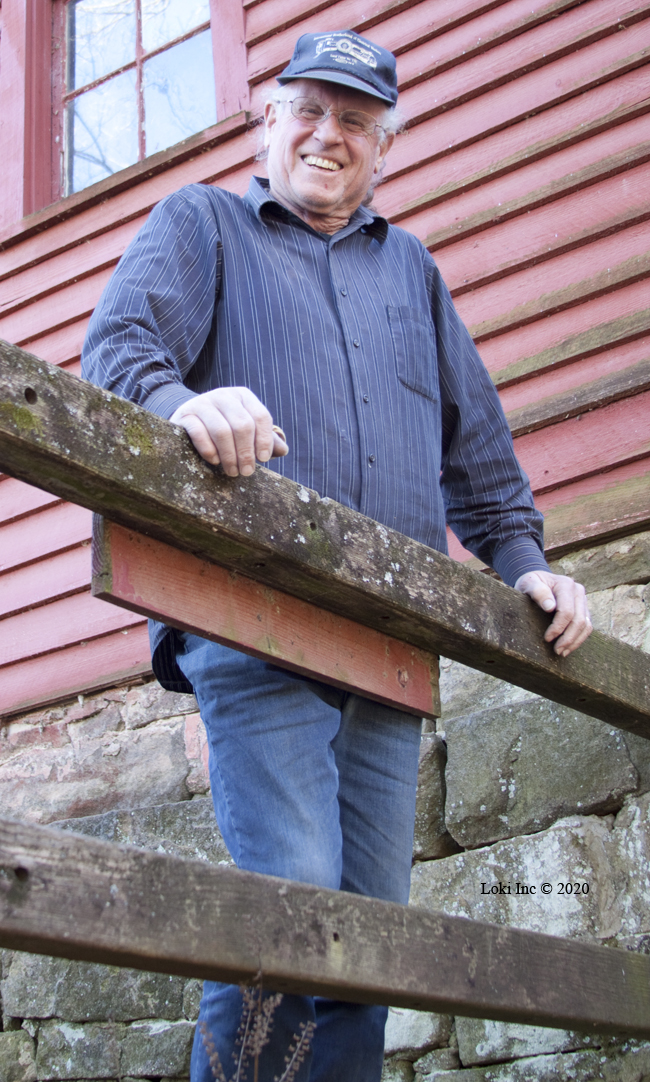
Joe Bob and his wife, Betsy, retired to this location several years ago from Kansas City. Neither the old mill or the nearby general store would be here had it not been for the energy and foresight of Joe O’Neal, Joe Bob’s uncle. “When they bought this place (1957), both of the buildings were in bad shape,” he recalled. “The siding was falling off and there wasn’t any glass in any of the windows and when my uncle had time and money, he got them closed in to keep the weather and varmints out.”

Little by little, year by year, Joe Bob’s uncle repaired and shored up the mill and general store, and even added paint to the store (which had never seen paint). Joe Bob recalls happy childhood days running on the grounds of this property, and now, a retired railroader, he loves to spend his time on a dirt bike on the 400-acre property.
When I asked him about what life would be like for a miller and that lifestyle. He said, “There’s a lot of stuff I’ve researched and there’s a lot of stuff you can’t find. You just can’t find about how daily life was … this mill – it was a big mill – and there were a lot of people living in this area. You harvest that wheat or corn and you bring it to Topaz to get it ground … we’ve heard that the wagons would have been lined up here. I have seen pictures of towns with wagons lined up for the mill. I don’t know that it happened here.”
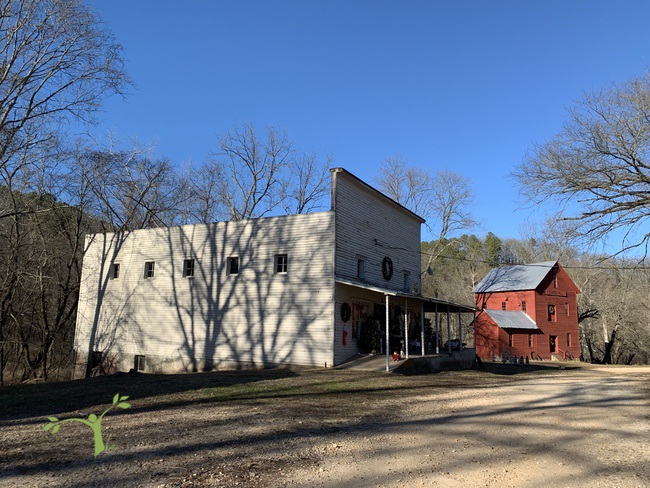
Here are a few more questions that he answered:
I’ve heard that the mills ran 24/7 during peak season.
But there was no light! There was no electricity. When it gets later in the afternoon, and the sun goes down over the bluff back there behind the mill, you can’t see in there. With the dust, I can’t imagine that they’d have had any kind of fire lighting. I can’t imagine that wouldn’t have happened.
Like that flour bin on the second floor, it’s got a sliding door to look in there, and it’s so dark in there, that you can’t see in there and they didn’t have flashlights. So you wonder, why is that little door on there? They’re not going to carry a lantern around in there to see.
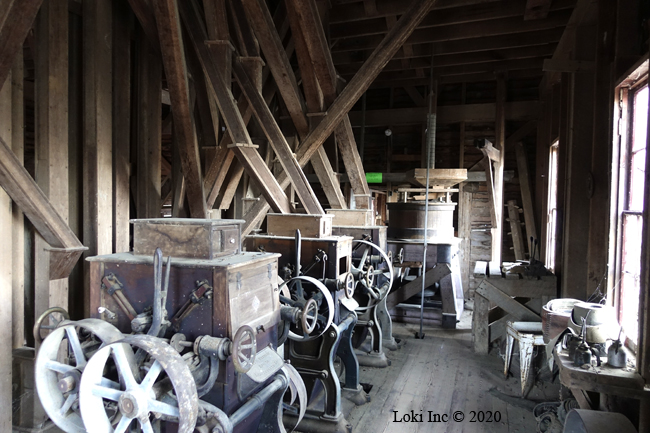
I’ve heard that some people camped around the mills while they waited for their flour. Did you get same-day service?
There’s nobody alive that knows any of that stuff (about Topaz) … my aunt is 94. She moved here in the ’50s. She wasn’t born until the ’30s, and by then, this stuff was on its way down. They had transportation by then, and people were going to town and buying stuff that was cheaper than you could grow it at home. That was the demise of the mills – transportation. You didn’t have to work every minute of your life to survive to get corn or wheat to make food with … That’s why all these mills fizzled.
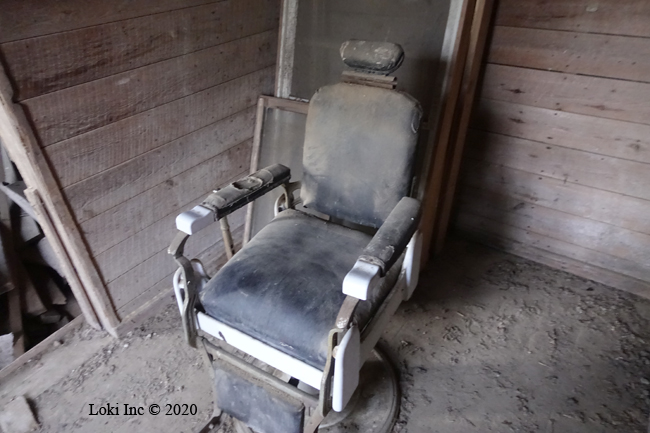
Do you think that the general store and post office helped Topaz stay viable longer?
From what we’ve been told, this mill quit being used in the ’30s. The post office was closed in ’43 and Mrs. Hutchison sold the farm in ’46.
How did the whole process of bringing your grain to the mill work?
There’s a grain storage bin on that mill. When you harvest wheat, you harvest all at once … you just harvest wheat one time a year. You can’t have all that made into flour at the same time because in the first place you don’t have any place to store that at home, in your cabin or homestead and in the second place, it would go rancid. So, the farmer would bring his wheat in, and say however much he wanted. The miller would make so much flour and divert the wheat from going to the roller mills into a grain storage bin. There were wagon scales out here in the barn lot, so the miller could weigh your full wagon and your empty wagon, so he knew how much wheat you had. So, when you ran out of flour in three months or so, he would take so much wheat out of that bin and turn that into flour for you. Some of that chuting left in the mill that goes to my third floor goes into that grain bill. That’s why that was there.
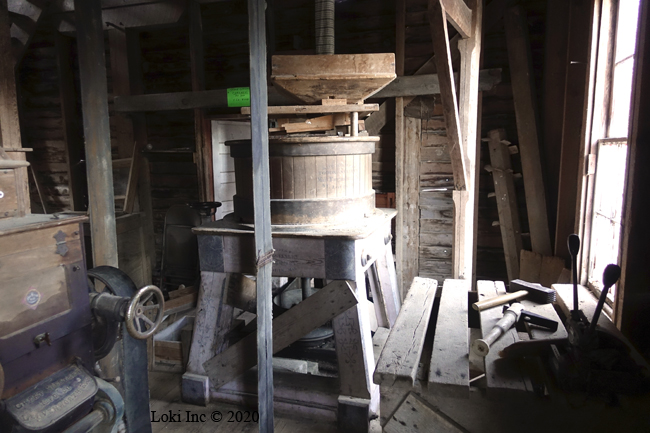
What about the corn side of things? Would that be the same type thing?
The wing on this mill where the barber shop goes, that grain bin was on the left side. When my relatives moved here, there was a wing on the right side. My uncle and grandfather tore that off, so I don’t know if that was the corn side, but you can store corn at home in a corn crib. When it’s dry on the cob, you can store it at home. I’m sure they had a corn sheller here to take it off the cob. You can’t have your corn turned into cornmeal all at once; it’s like the flour thing. I’ve heard this, that a lot of people lived on cornbread all the time.
People don’t realize those folks only got 160 acres and they had one little field of corn and one little field of wheat and maybe one or two cows.
I can talk about it all day, but if you can’t see what’ s there, you don’t understand what we’re talking about.
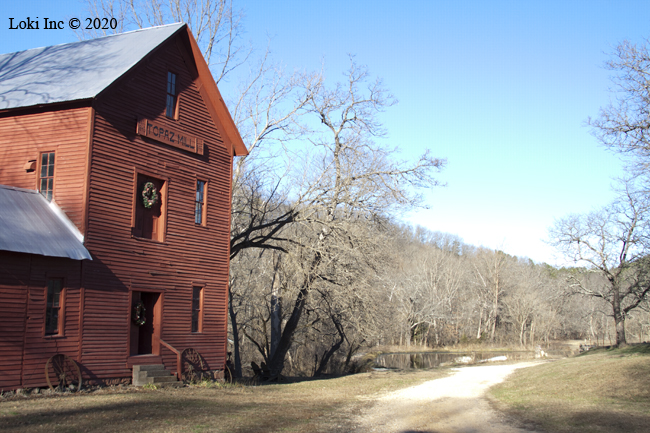
What was is like to get down to Topaz back in the day?
Oh, I can’t even imagine. The roads that are here today were not here until they got cars and road-building equipment. The roads back when they had wagons were in the bottoms and through the woods. They’d cut down trees and went from house to house and farm to farm. It wasn’t like today, where they build a road and houses off if it. It was the other way around.
The first settlers had to settle in the bottoms where there was water, so all the roads were up and down the river bottoms, and so when you’d get someplace where you can’t cross the river or go any farther, you’d find a gradual draw that goes out of that bottom and build a road up that. There’s roads in these draws all over the place, and in the winter time you can find road beds everywhere.
I’ve been riding motorcycles down here for 50 years and I know where all the old road beds were and those were wagon roads. On this 400-acre farm, I can find five house places. If you find daffodils, there would have been a house around there somewhere.
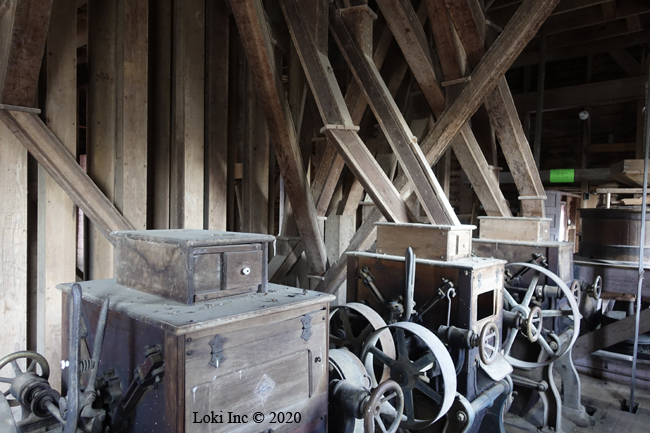
Why do you spend your retirement time working on this mill?
We love for people to get to see this … it’s been in our family for 70 years. My uncle got this going; it’s a legacy to him – he rebuilt that raceway and got that part of the mill working. It’s so unique, compared to other mills. We had guys here yesterday for two-and-a-half hours, and they were just fascinated. People seem to enjoy it. I’m a happy person and I like to make people happy, so that’s why I do it.
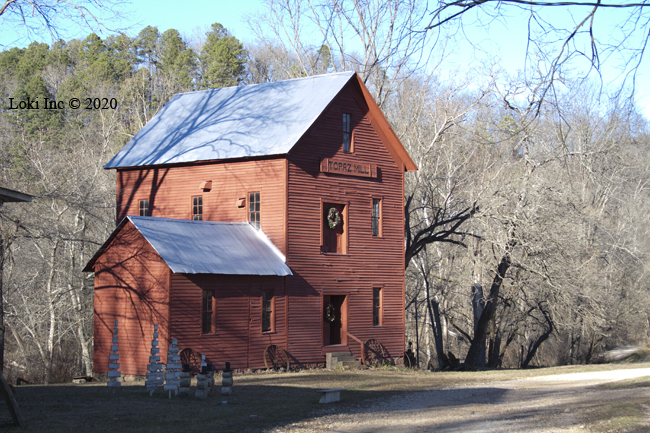
What makes it unique from other mills?
All the equipment is still in here. Hodgson is empty, Dawt is a restaurant, Rockbridge is a bar, and Zanoni is blocked off with “no trespassing” signs. When people come through, and I’ll say, “What are you doing today?” They’ll say, “We’re going around looking at mills.”
He continued, “I’ll ask, ‘Have you been to any of the other ones?’
“Then, I’ll say, ‘I’m sorry I’ve ruined the rest of your day because you are going to see a real mill here – because the rest of them – they’re just not mills. I mean they’re pretty, but I’m going to give you more information here than you’re going to get in a lifetime.’”
As established, that information resides in Topaz miller’s head.
Topaz Mill is in Douglas County. From Mountain Grove, Missouri, take MO Highway 95 South to MO Highway 76. Turn left, go 5-6 miles to EE, then take a right on EE then go approx. 2.5 miles. Take a left on County Road 274 and follow for a little more than a mile. You’ll see Topaz Mill down in a beautiful holler.

